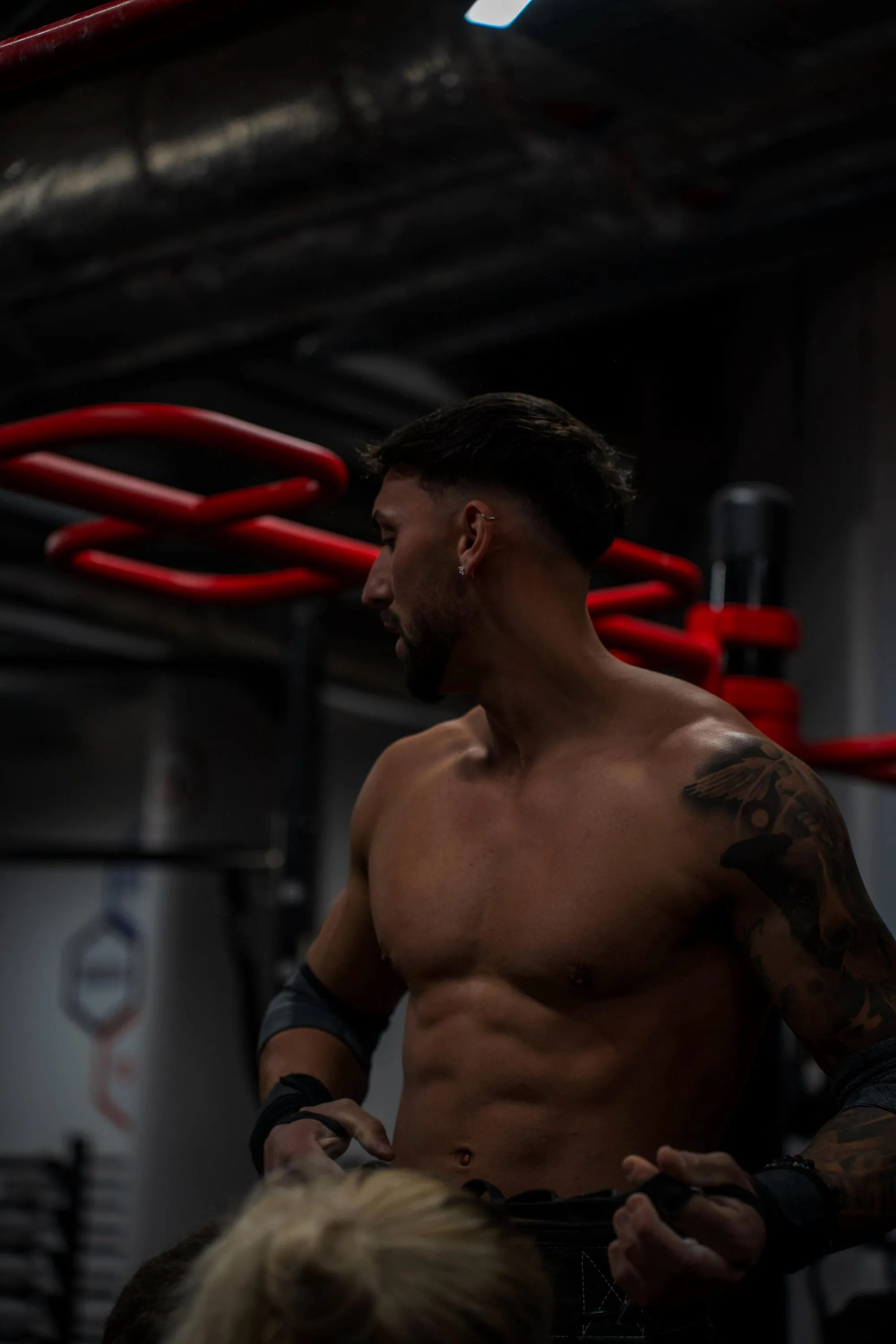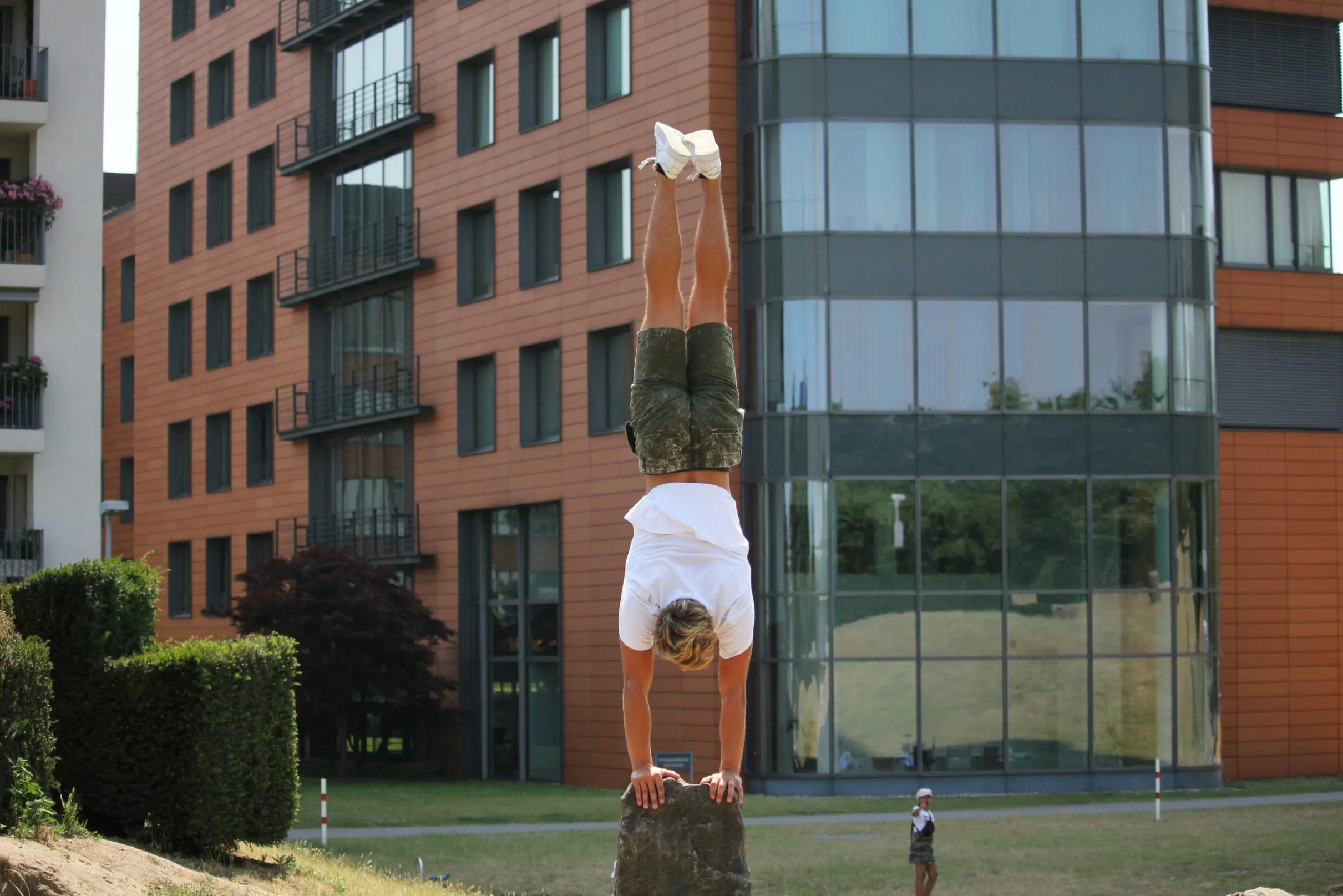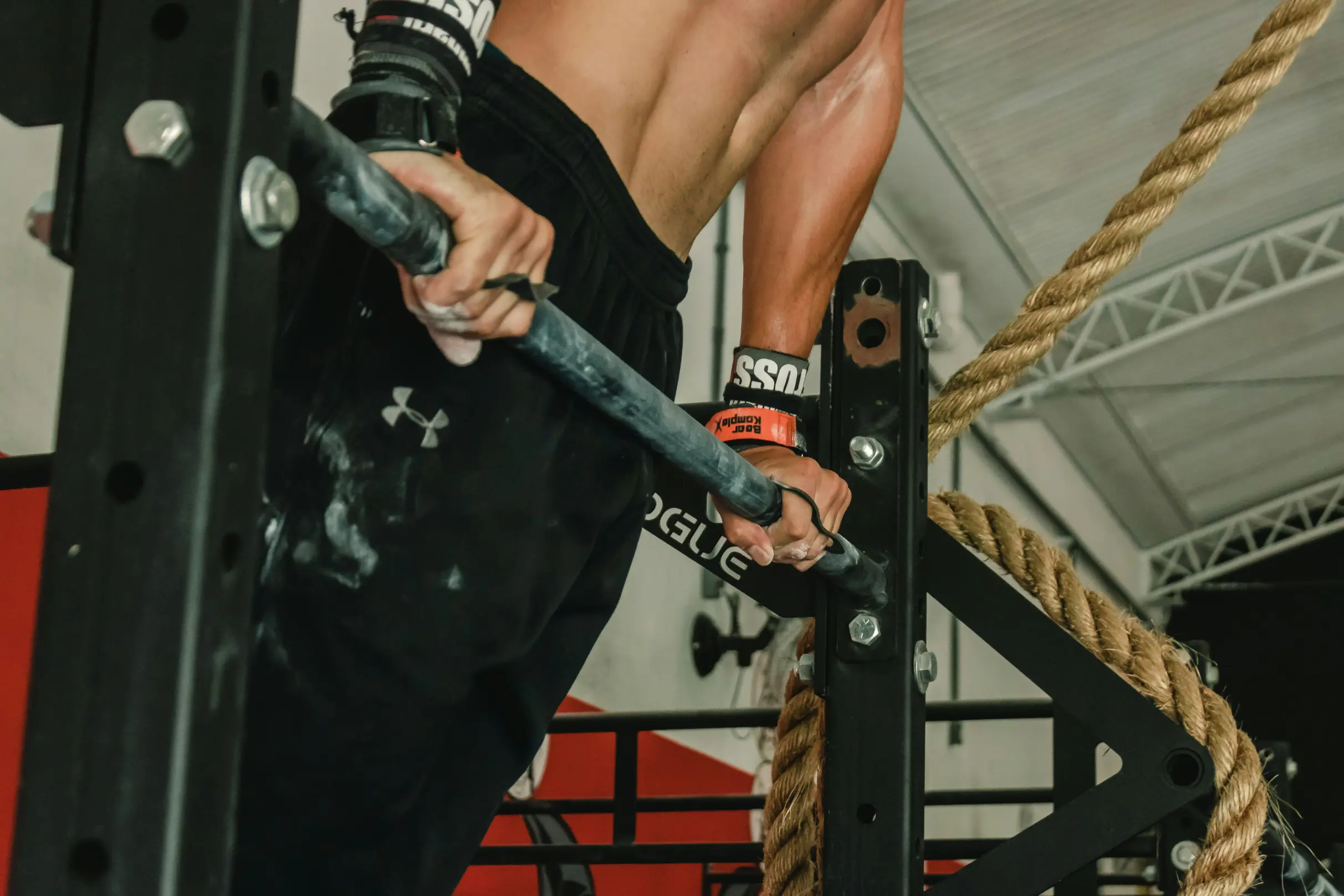
Calisthenics Near Me: How to Find the Best Parks, Bars, and Coaches for Your Training
Workouts
Calisthenics Near Me: How to Find the Best Parks, Bars, and Coaches for Your Training
Looking for calisthenics parks, bars, or classes near you? This guide breaks down where to train, what equipment to use, and how coaching can accelerate your progress. Whether you're new or experienced, here’s how to level up your bodyweight training locally.

July 22, 2025

Why Calisthenics Is Growing in the UK
Over the past few years, calisthenics has exploded in popularity across the UK, especially in cities like London, Manchester, and Birmingham. It’s more than just a fitness trend it’s a lifestyle rooted in freedom, functionality, and self-mastery.
Unlike traditional gym routines, calisthenics focuses on bodyweight movements that improve your strength, mobility, and control. You don’t need expensive machines or memberships. All you need is a pull-up bar, a bit of space, and a plan.
And that’s exactly why search terms like "calisthenics near me" are climbing.
What to Look for in a Calisthenics Park Near You
If you’re searching for a calisthenics park near me or calisthenics parks in London, here’s what to keep in mind:
- Pull-up Bars at Varying Heights – This allows for different movements like pull-ups, muscle-ups, and leg raises.
- Dip Stations – Perfect for developing your chest, triceps, and core.
- Sturdy Flooring – Rubber or soft flooring is ideal for safety during movements like handstands or L-sits.
- Open Space – For dynamic exercises like sprints, crawling patterns, or stretching.
- Lighting and Safety – If you’re training early mornings or evenings, a well-lit park makes all the difference.
Many UK cities are now investing in public calisthenics parks, but if your area doesn't have one yet, you can get started with basic home equipment.
"Structure beats motivation. Build the habit, and results will follow."
Best Equipment for Outdoor and Home Use
You don’t need a full gym setup to make gains. Here are a few items worth considering:
- Pull-Up Bars – Doorway pull-up bars or free-standing units are perfect for upper body training at home.
- Parallettes – These are great for push-ups, L-sits, and handstand work.
- Gymnastic Rings – Easily hung from a tree or a bar at the park. They add an element of instability that builds deep strength.
Searches like "bars for calisthenics", "parallettes calisthenics", and "rings for calisthenics" show there’s real interest in accessible, versatile equipment. Just make sure whatever you choose is safe and stable.

Should You Join a Calisthenics Gym or Take Classes?
If you’re serious about progressing, finding calisthenics classes near me or a calisthenics gym near me could be a smart move. While park workouts are great, having structured support can unlock quicker results.
Here’s what classes or 1-to-1 coaching provide:
- Accountability – You’re more likely to show up and stay consistent.
- Progress Tracking – A good coach will track your reps, sets, and skill improvements.
- Technique Corrections – This one’s massive. Most people hit plateaus due to poor form or lack of structure.
If you’re looking for calisthenics training near you, The Calisthenics Coach offers online and in-person coaching tailored to all levels.
Learn Faster With a Coach Here's Why It Matters
"You're not lazy – you're just stuck without a system."
That’s one of the core beliefs behind our coaching philosophy.
A coach gives you more than a workout. They provide:
- A progressive structure so you’re always improving
- Guided form corrections to help avoid injury
- Support when motivation dips
- Advice on recovering, eating, and managing stress
If you want to master skills like pull-ups, handstands, or the elusive muscle-up, working with a coach will save you years of trial and error.
Bonus Tools to Support Your Journey
Ed has programmed free workouts to help you stay on track, they can be found on the home page
- Beginner Workout
- intermidiate Workout
- Advanced Workput
They won’t replace coaching, but they’re a solid start. And if you’re looking for that extra push, our free beginner, intermediate, and advanced workouts are ready when you are.

Common Beginner Calisthenics Moves to Learn First
Before chasing flashy skills, nail the basics:
- Push-ups – Build foundational strength in your chest and triceps
- Pull-ups – A key movement for back and grip strength
- Dips – Train your chest, triceps, and core
- L-sits – Great for core control
- Australian Rows – Ideal for building up to full pull-ups
- Squats & Lunges – Don’t skip the legs
These are the staples. Build consistency here and everything else gets easier.
How to Start Calisthenics at Home (Free Guide)
If you're unsure how to begin, here’s a simple structure for your first week:
Day 1 – Push Focus
Push-ups (3 sets of 8–12)
Dips or bench dips (3 sets)
Plank (3 rounds, 30–60 secs)
Day 2 – Pull Focus
Inverted rows or assisted pull-ups (3 sets)
Bicep curls with bands (3 sets)
Dead hang or scapula pull-ups (2–3 sets)
Day 3 – Legs & Core
Bodyweight squats (3 sets of 15–20)
Lunges (3 sets)
Leg raises or hollow holds (3 rounds)
Rest on Day 4, repeat cycle with small progressions.
You can download Ed’s free starter workout or reach out for a custom plan tailored to your body and goals.
"Your progress isn’t limited by location. It’s limited by clarity and consistency."
Final Thoughts Training Anywhere, Progressing Everywhere
Training in a calisthenics park or from home gives you freedom. But progression? That takes structure.
If you’re tired of second-guessing your workouts or struggling with motivation, consider starting with a clear plan. Our coaching options are built around your goals, your schedule, and your current ability. All you need to do is show up.
Check out our free workouts to get started and let us know what you think on Instagram.


%402x.svg)